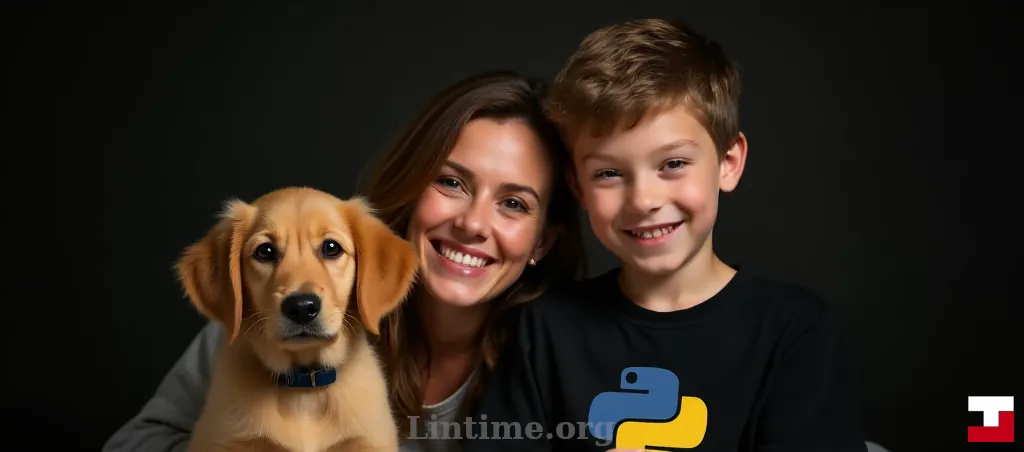Course Overview | Previous Session | Review | Next Session
Congratulations on making it this far!
You’ve successfully completed the first five sessions of our course! You’ve put in a lot of hard work, and we’re proud of your progress. As we continue, things will start to feel easier as we build on the foundations you’ve established. But first, let’s review what we’ve learned to reinforce your understanding.
What We Learned So Far
Here’s a quick recap of each session and the key concepts we’ve covered:
Session 1: Introduction to Programming
- Starting Python: Opened the Python interpreter by typing
python3in the terminal. - Checking Python Version: Verified the Python version with
python3 --version. - Creating Variables: Declared variables and assigned values using the
=operator. - Displaying Output: Used
print()to show the value of a variable. - Exiting Python: Exited the interpreter using the
exit()function.
Session 2: Puppy Food Budgeting
- Calculating Costs: Used Python to compute the total monthly cost of puppy food.
- Cost Comparison: Compared buying food in bulk versus individual portions.
- Mathematical Operators: Learned to use the multiplication (
*) and division (/) operators.
Session 3: Dog Years Calculator
- Age Calculation: Wrote a program to convert a dog’s age into human years.
- Variables and Data Types: Understood how to use variables and assign values.
- Performing Calculations: Applied the multiplication operator (
*) in calculations.
Session 4: The Magic of Variables
- Saving Code: Saved Python code in a file and ran it from the terminal.
- Dynamic Text: Used variables to make text dynamic and formatted output with f-strings.
- Using
print(): Employed f-strings withinprint()for formatted text output
Session 5: Managing Shelter Operations with Python
- Data Management: Managed data using Python and performed calculations.
- Lists (Arrays): Utilized lists to store and manipulate collections of data.
- Modifying Lists: Used
append()to add andremove()to delete items in a list. - Importing Data: Imported data from one file into another using the
importstatement.
Python Glossary
Review this glossary regularly to help reinforce your understanding of the terms and concepts:
- Terminal
A program that allows you to interact with the computer using text commands.
- Python Interpreter
The environment where you write and test Python code.
- Touch
A command to create a new file in the terminal.
- Text Editor
A program used to write and edit text files.
- .txt file
A file containing plain text.
- py file
A file containing Python code.
- Variable
A name given to a value stored in memory.
- Print
A function to output text to the terminal.
- List (previously Array)
A collection of values stored in a single variable.
- Append
A function that adds a new value to the end of a list.
- Remove
A method to delete an item from a list.
- Import
A statement to bring data from one file into another.
Interactive Exercise
To ensure you’re comfortable with these concepts, try the following activities:
- Write a Simple Program: Create a new Python file and write a program that combines different concepts from the sessions (e.g., calculate monthly expenses and display them with formatted strings).
- Experiment with Lists: Modify the pet_names.py file from Session 5. Add a few new names, remove some, and run the program to see the changes in action.
- Quiz Yourself: Use the glossary terms to create flashcards or a quiz. Test yourself on the definitions and concepts to see how well you remember them.
Final Thoughts
You’ve done an amazing job so far! Reviewing these concepts will help solidify your understanding and prepare you for the next steps in your Python journey. Keep practicing, and remember, each mistake is a chance to learn and improve.
Course Overview | Previous Session | Review | Next Session
